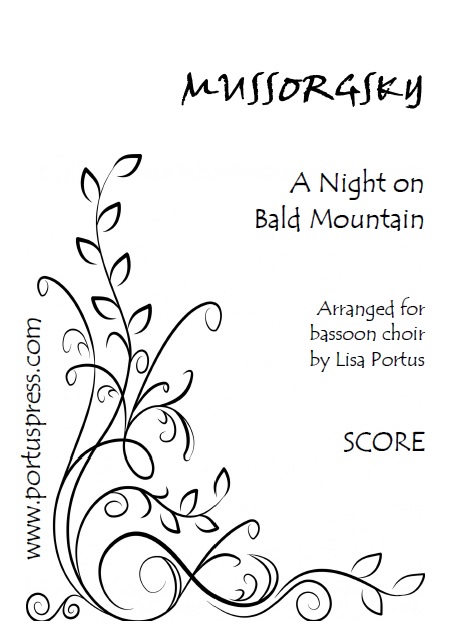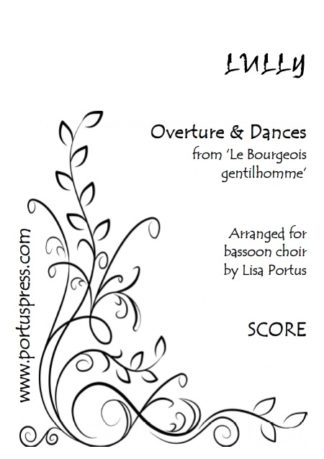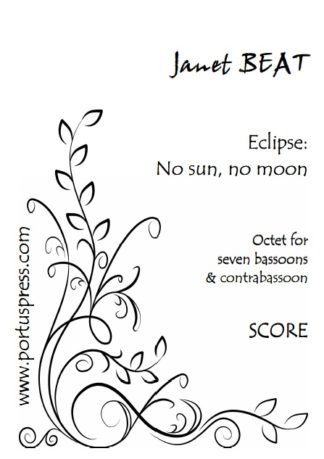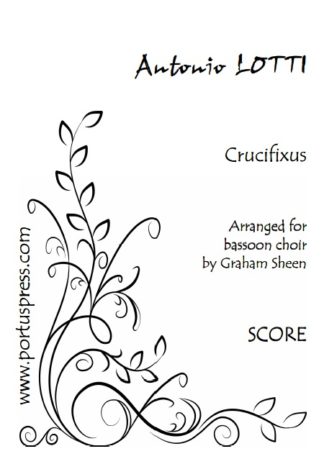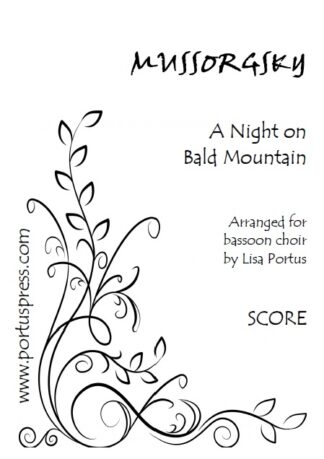Description
A Night on Bald Mountain (also known as A Night on Bare Mountain) is an orchestral tone poem written in 1867 by the Russian composer Modest Mussorgsky (1839–1881). He based the work on a Russian legend which tells of a witches’ Sabbath taking place on St. John’s Eve (23 June) on Lysa Hora (Bald Mountain) near the Ukrainian capital, Kyiv. Mussorgsky evidently completed the composition at great speed, saying:
I wrote St. John’s Eve quickly … straight away in full score … in about twelve days, glory to God … While at work … I didn’t sleep at night and actually finished the work on the eve of St. John’s Day, it seethed within me so …
The young composer was proud of his work, but his mentor, Mily Balakirev, was savagely critical of the piece and refused to perform it. Subsequently A Night on Bald Mountain was never performed during Mussorgsky’s lifetime. The piece rose to prominence when Rimsky-Korsakov published an arrangement of the piece five years after Mussorgsky’s death and it quickly became a concert hall favourite. Half a century later the piece’s popularity was boosted still further through its use (in an arrangement by Leopold Stokowski) in the Walt Disney animated film Fantasia (1940). Mussorgsky’s original version was not published until 1968 – more than a century after he wrote it.
Though abridged, this arrangement for bassoon choir includes all the thematic material. The players should sit in a semicircle with players A1 and B1 opposite each other at the outermost of the semicircle and the contrabassoonist(s) sitting centrally. This will enhance the effectiveness of the antiphonal passages. Only parts A1, A2 and B1 use tenor clef.

